
Brandenstein Castle
Castles - Palaces - Manor Houses
Produced by :  © 2025
© 2025


Produced by :  © 2025
© 2025
Brandenstein Castle is located on the Hessian country ridge near Schlüchtern-Elm in the Hessian Main-Kinzig district. The high medieval castle sits enthroned on a wooded hill about four kilometers east of the center of Schlüchtern and offers a breathtaking view across the Kinzig valley and the Spessart.
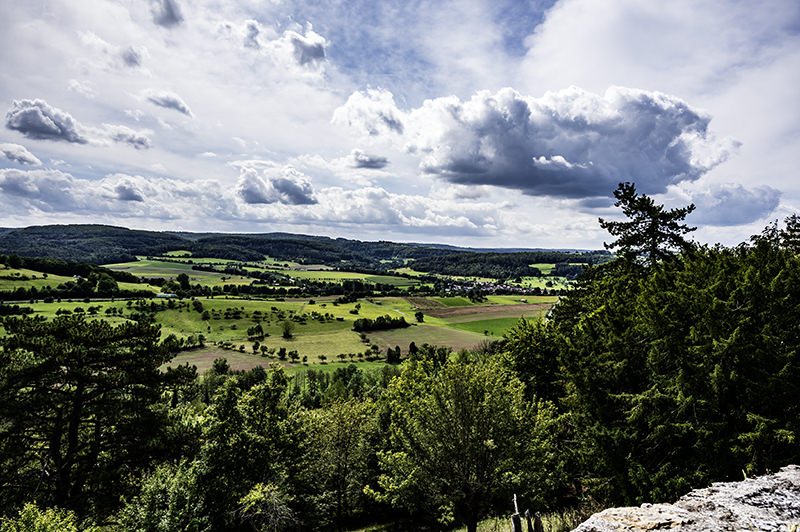
The castle was first mentioned in 1278 in the oldest surviving document. It was originally owned by Hermann von Brandenstein and in 1307 it became a fief of the Bishopric of Würzburg, passing to the Counts of Rieneck-Rothenfels together with the associated estates, which eventually became the administrative district of Brandenstein.
After only nine years, in 1316, the castle was handed over to the Lords of Hanau, who held the castle as a fief for generations.
In 1895, the Württemberg infantry general Gustav von Brandenstein bought the estate. In 1905, it was taken over by Alexander von Brandenstein, who married the daughter of Count Ferdinand von Zeppelin in 1909 and changed his family name to Brandenstein-Zeppelin. Since then, the castle has been in the family's possession.
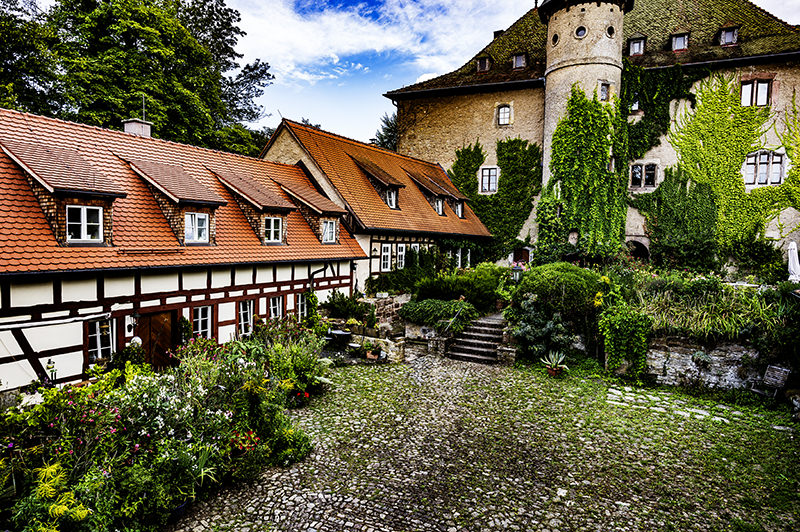
In 1519, Agathe Odheimer, a Nuremberg merchant's widow, sought the protection of the then lord of the castle, Mangold II von Eberstein. From that time on, he waged a feud against the imperial city of Nuremberg in her name. The city had grown rich through active trade and commerce. Nurembergers travel a lot on business. So, Mangold repeatedly identifies Nuremberg travelers and kidnaps them. In 1522, the imperial governor, Count Georg von Wertheim, is supposed to put an end to this so-called robber baronry, besiege the castle, take it and arrest Mangold von Eberstein. However, Mangold manages to escape.
The Brandenstein feud is said to be the best documented one of the early modern period. All the records, e.g. protocols, ransom receipts, court orders, have been preserved to this day.
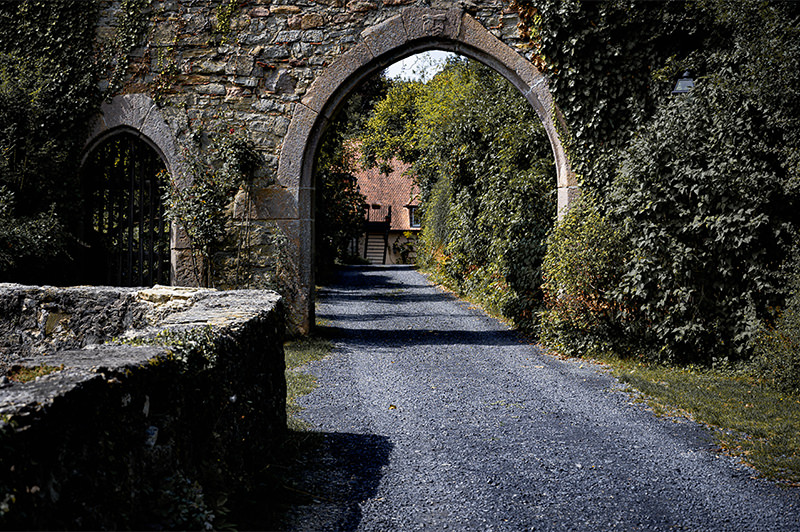
On a tour of the castle hill, we discover beautiful, hidden gardens at the castle and old groves such as pollard willows, pollarded hornbeams, flower meadows and orchard meadows. A small herd of goats helps with the management and maintains the growth of woody plants on the southern slope.
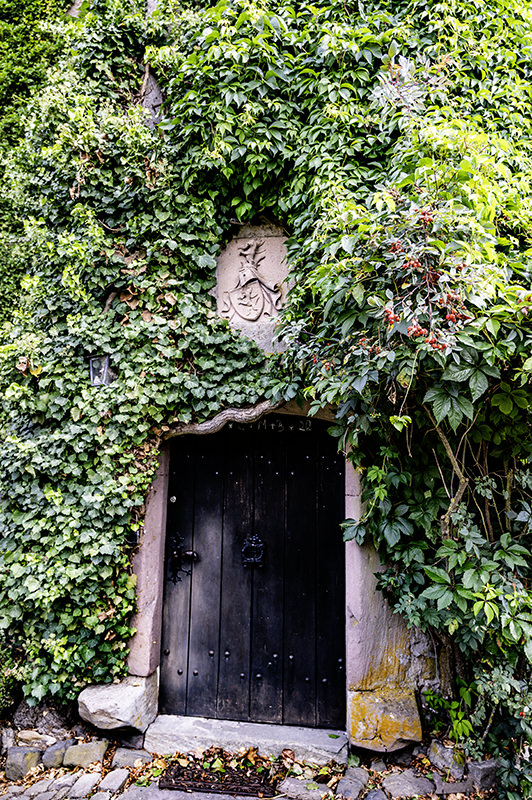
After the spring water supply to the castle failed repeatedly for long periods of time and the fire department had to provide an emergency supply, the castle was connected to the public water supply in the summer of 2005. Further construction work (e.g. the installation of an elevator in 2009) has brought the castle up to date in technical terms.
Maintaining a historic building for contemporary use will require further work in the future.
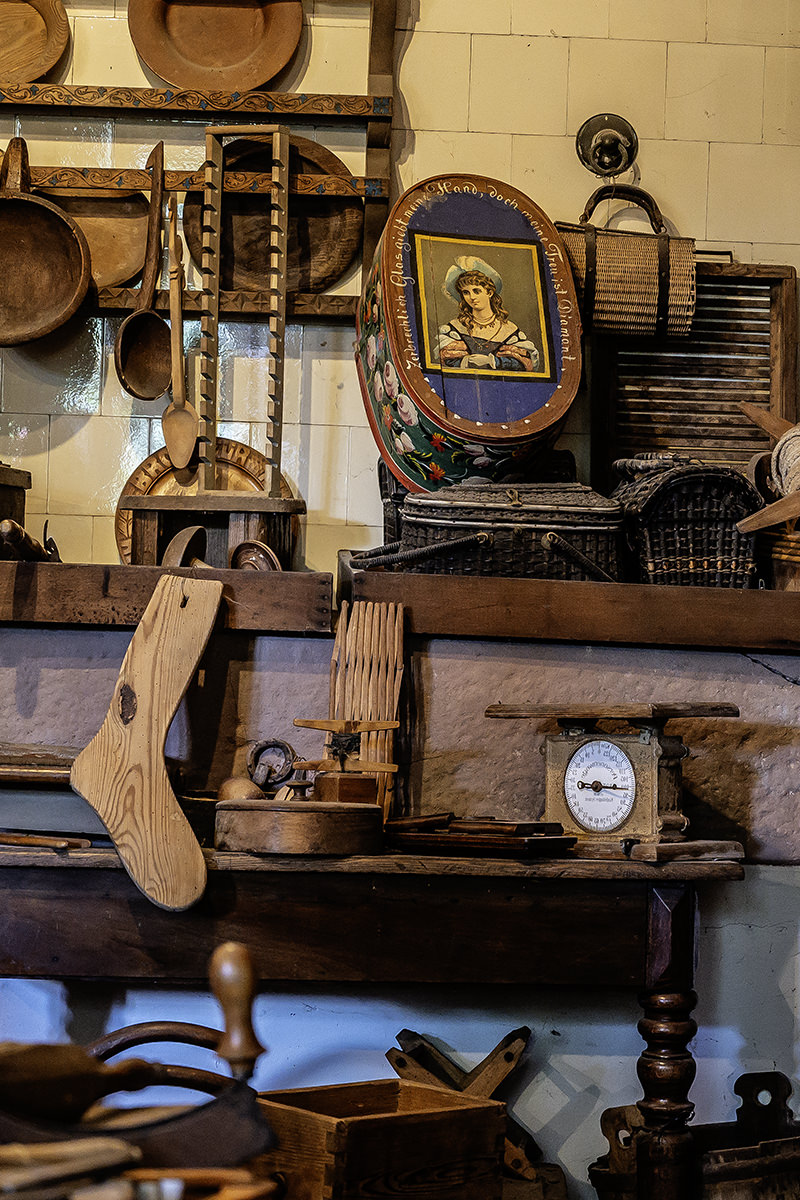
The collection, which was opened in the old horse stable of the gatehouse at Easter 1970, shows more than 800 objects, tools and implements made of wood or for working with wood, most of which were collected by the former lady of the castle, Isa von Brandenstein, but others also came to the museum after her death in 1997 – as donations or found items, e.g. in bulky waste.
Many things from the rural environment of earlier times are preserved here, from wooden shoes and the associated tools, to old plows, to homemade wooden goat collars, which seem to reach far back in history. A range of equipment was necessary for processing flax. A job that was quickly forgotten after the last war.
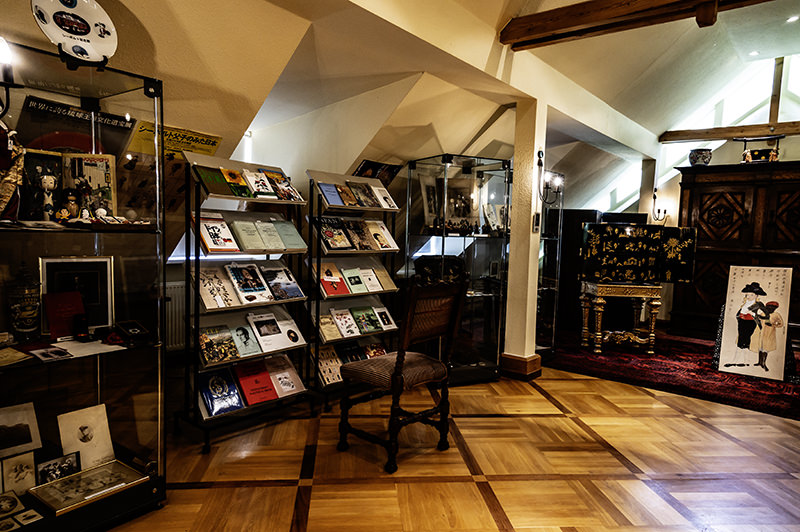
Philipp Franz Balthasar Siebold, (1796-1866), was a Bavarian physician, Japanologist, naturalist, ethnologist, botanist and collector. He lived in Japan from 1823 to 1829 and from 1859 to 1862. Siebold is one of the most important witnesses of isolated Japan in the late Edo period and is highly honored in present-day Japan. He is considered a mediator between Japanese and European cultural understanding and the founder of international Japan research.
Gustav von Brandenstein, who bought the castle in 1895, was married to Siebold's daughter. This is how interesting and valuable documents from times long past came to the castle, opening a window into the late 18th and early 19th century.